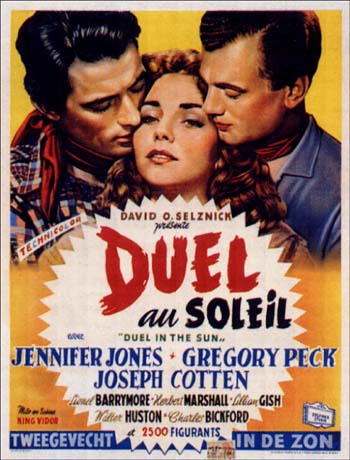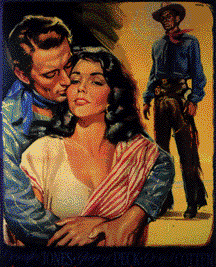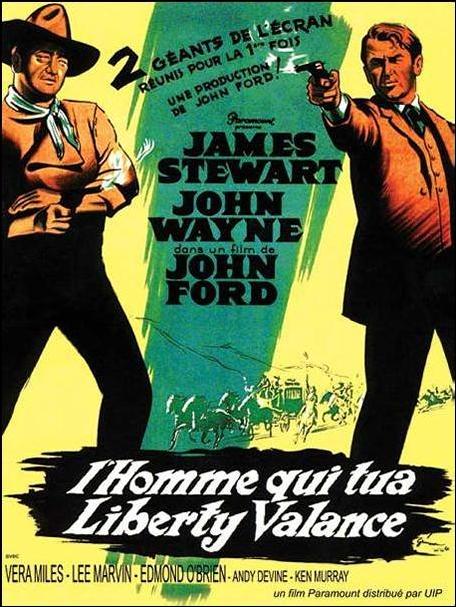


First published in Framework 15-16-17 (summer 1981): 12-15.



In her 1981 follow-up to her influential 'Visual Pleasure in Narrative Cinema' (1974), Mulvey addresses some key omissions from her initial arguments--chiefly, the female spectator and the female protagonist.
Still making ‘political use’ of Freudian psychoanalytic concepts of femininity and sexuality, she argues that the female spectator can receive pleasure from identifying with a film's hero, but only by regressing to the pre-Oedipial/phallic phase of childhood development, when both boys and girls are active and "masculine."
Mulvey employs three key concepts in her argument: "Freud's concept of 'masculinity' in women [phallic phase], the identification triggered by the logic of a narrative grammar [POV cutting, hero’s story, etc.], and the ego's desire to fantasise itself in a certain, active, manner." From this combination, Mulvey seeks an alternative for the female spectator and female character, specifically considering her possibilities for a female libido and for female identification strategies. She argues that women's spectatorial identification is not fixed in femininity; it can shift to a masculine identification quite easily—a "trans-sex" or "transvestite" identification.
Mulvey agrees with Freud that a feminine libido "cannot be defined or determined within the terms offered" by patriarchy. But she does posit that certain genre films, especially westerns & melodramas with split hero roles, allow an “internal oscillation of desire” for a female character & female spectators. These genres of film allow the female spectator to remember/regress back to phallic phase & identify with the active (masculine) point of view that she used to practice and which is structured into the masculine narrative grammar.
Thus, the female may practice a “transvestite” spectatorship: she can adopt a masculine point of view, but it can only be temporary (because she is, ultimately, feminine)—hence the “restlessness” Mulvey notes at the close of the article.
| Male | Female |
| Active | Passive |
| The one who looks (the male character who is "the bearer of the look") | Erotic object for the characters within the screen story (connotes "to-be-looked-at-ness") |
| Advances the narrative (the hero who makes things happen | Freezes the narrative (stalls the flow of action with moments of performance, seduction, eroticism) |
| Controls the film fantasy (“projects fantasy onto female figure, which is styled accordingly”) | Figures as spectacle within this fantasy |
| Bearer of the look of the spectator | Erotic object for the spectator within the auditorium |
Phallic/pre-Oedipal phase of sexual development: when both boys and girls share an active, "masculine" predisposition. Precedes the Symbolic or Oedipal phase.
Symbolic/Oedipal phase: when the sexes have differentiated into active male/passive female, and only the male has access to patriarchal language, maturity, power, etc.
Libido: sex drive, which Freud states is necessarily masculine because of its active elements
Phallocentrism—advancement of the masculine as the source of power and meaning through cultural, ideological, and social systems (Routledge Dictionary of Feminism and Postfeminism)
Scopophilia—pleasure in looking
Narcissism—self-love, or an extreme focus on the self and one’s own desires
Castration anxiety—the presence of the female figure frightens the male, since he realizes that he, too, could be without a penis
Fetish—an object (i.e. high-heels, a feather boa, costume, prop, etc.) that distracts the male’s attention from the castration anxiety represented by woman and therefore allows him to look at the woman pleasurably without fear.
Copyright 2007: Virginia Bonner